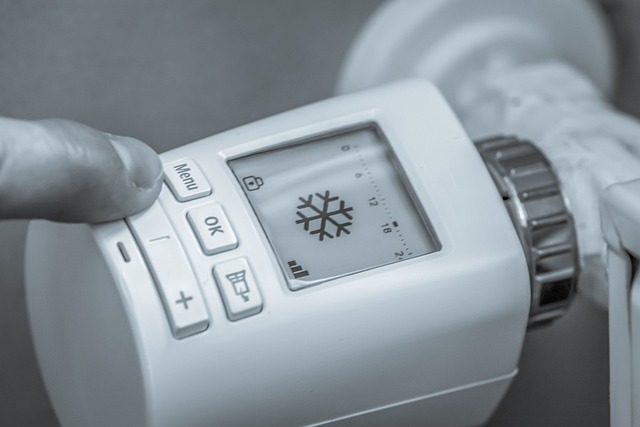Rising energy costs can put a strain on household budgets, but there are many ways to reduce your gas and electricity bills without compromising your comfort. From simple behavioral changes to investing in energy-efficient technology, here’s how you can keep your costs down.
1. Understand Your Energy Usage
The first step to saving money is understanding how much energy you use and where. Use your bills or a smart meter to track consumption. This will help identify areas where you can cut back.
2. Switch Energy Suppliers or Tariffs
If you’re on a standard variable tariff, you might be paying more than necessary. Use energy comparison websites to shop around for better deals. Many suppliers offer fixed-rate tariffs that lock in lower prices, providing predictability and savings over time.
3. Invest in Energy-Efficient Appliances
Old appliances can be energy guzzlers. Consider upgrading to energy-efficient models, which often come with an Energy Rating Label. For example:
- LED bulbs use up to 80% less energy than traditional incandescent bulbs.
- Energy-efficient refrigerators, washing machines, and dishwashers can save you hundreds of pounds over their lifespan.
4. Improve Home Insulation
A well-insulated home retains heat more effectively, reducing the need for constant heating. Focus on:
- Loft insulation: Prevents heat from escaping through the roof.
- Cavity wall insulation: Keeps walls warmer.
- Draught-proofing: Use weather strips, sealants, or draught excluders around doors and windows.
5. Adjust Your Thermostat
- Turn it down by 1°C: This small change can reduce your heating bill by up to 10%.
- Use a smart thermostat: These devices learn your habits and adjust heating schedules accordingly, ensuring energy is not wasted when you’re not home.
6. Use Appliances Smartly
- Laundry: Wash clothes at 30°C instead of higher temperatures and air dry whenever possible.
- Dishwashers: Only run full loads and use eco-settings.
- Cooking: Use a microwave or slow cooker instead of an oven when possible, and keep lids on pots to reduce cooking time.
7. Reduce Standby Power
Many devices consume electricity even when they’re turned off. This is known as phantom load or standby power. Unplug devices or use a smart power strip to cut off electricity to multiple gadgets at once.
8. Maximize Natural Light and Heat
- During the day, open curtains and blinds to let in natural light and warmth.
- At night, close curtains to retain heat.
9. Take Advantage of Grants and Discounts
- Check if you qualify for government schemes such as the Warm Home Discount, Winter Fuel Payment, or Energy Company Obligation (ECO) program.
- Local councils and charities may also offer grants for energy-saving improvements.
10. Use Renewable Energy
- Install solar panels if possible. While the upfront cost can be high, they significantly reduce long-term energy costs and may even allow you to sell excess power back to the grid.
- Investigate community energy projects, which can offer cheaper access to renewable energy.
11. Monitor Your Bills
- Regularly check your bills to ensure accuracy and understand your usage trends.
- Use a smart meter to monitor real-time consumption and identify costly habits.
12. Educate Your Household
Get everyone in your home involved in energy-saving efforts. Teach kids and other family members the importance of turning off lights, closing doors, and unplugging devices.
13. Plan for Seasonal Changes
- In winter, focus on heating efficiency and wearing layers indoors.
- In summer, use fans instead of air conditioning where possible, and block out direct sunlight with blinds to keep your home cool.
Final Thoughts
Saving on gas and electricity bills is a combination of making small, consistent changes and investing in long-term solutions. By being mindful of your energy consumption and taking advantage of efficiency tips, you can significantly reduce costs while contributing to a more sustainable future.
